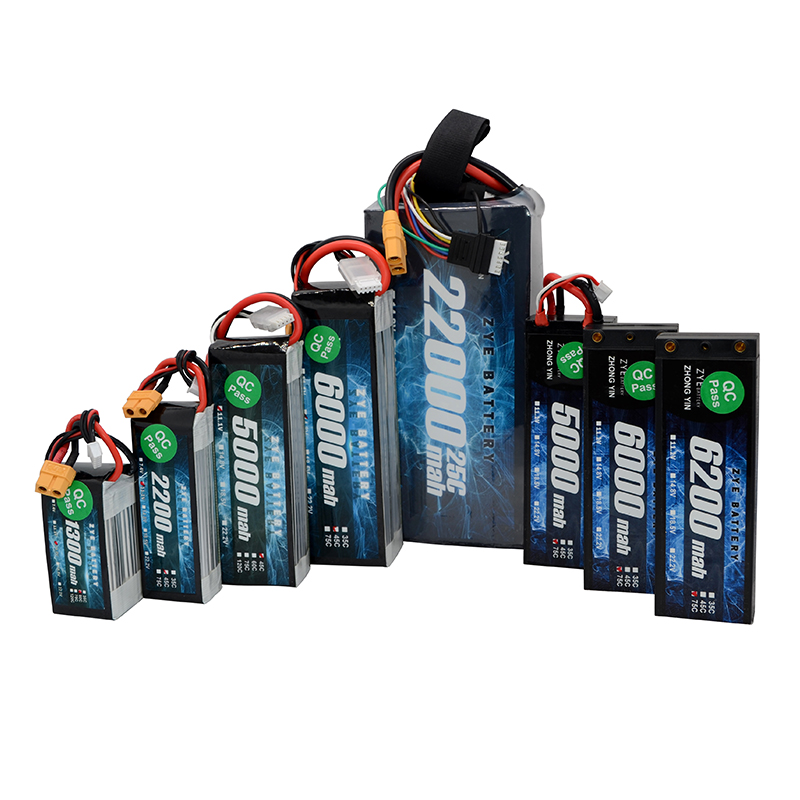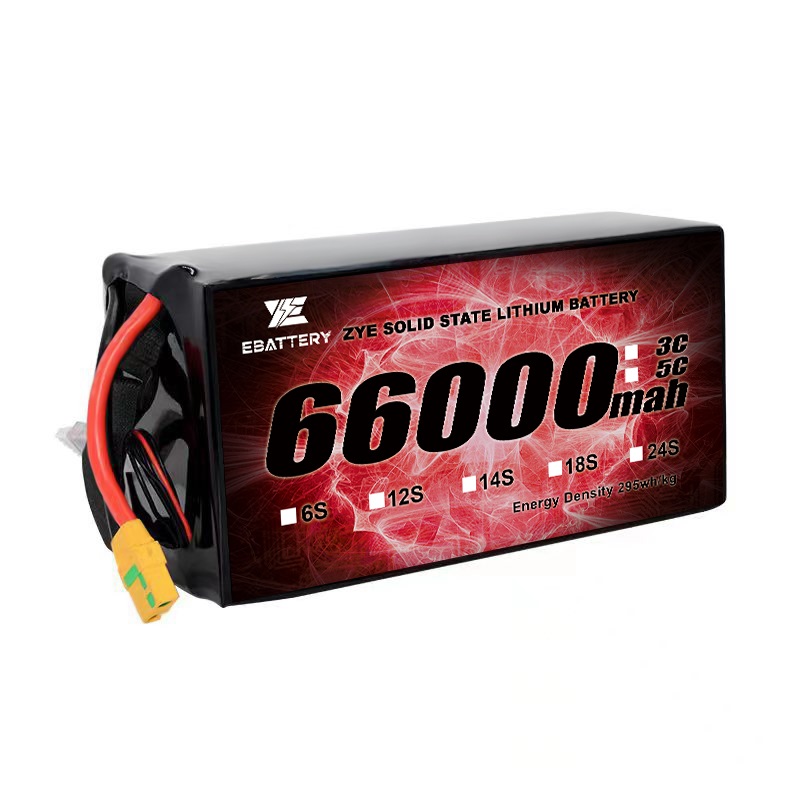How do solid state batteries compare with lithium-ion batteries?
2025-11-04
Solid-state batteries offer twice the energy density of lithium-ion batteries, with enhanced safety and extended lifespan. They demonstrate greater durability under heavy loads and perform better across a wider temperature range.
Solid-state batteries charge faster and last longer
Compared to traditional lithium-ion batteries, solid-state batteries charge more quickly, operate at lower temperatures, and store more energy in a smaller space.
These batteries replace the flammable liquids in standard cells with safer, more efficient solid materials. While current batteries may take 30 to 45 minutes to reach 80% charge, solid-state batteries can reduce this to 12 minutes—and in some cases, just 3 minutes.
A mechanical engineering professor explained that these advantages ultimately stem from chemistry and engineering. “By eliminating liquids and using stable solid materials, we can safely pack more power into the battery at once without the risk of overheating or fire,” he said.
Traditional lithium-ion batteries move lithium ions—particles that carry electrical charge—through a liquid electrolyte. However, this liquid degrades over time, limiting charging speeds and posing fire hazards. Solid-state batteries use solid materials, creating a safer, more stable environment for lithium-ion movement. This enables faster, more efficient charging with fewer safety concerns.
The solid material inside these batteries is called a solid-state electrolyte.
The review highlights three main types: sulfide-based, oxide-based, and polymer-based. Each type has distinct advantages: some allow ions to move faster, others offer better long-term stability, or are easier to manufacture. Among these, sulfide electrolytes stand out, performing nearly as well as the liquids in current batteries without their drawbacks.
Solid-state batteries also tend to utilize lithium more efficiently. Many designs feature lithium metal layers that store more energy in a smaller space than the graphite layers used in current batteries. This means solid-state batteries can be lighter and smaller while powering devices for as long, or even longer.
The goal of this review is to guide researchers and engineers in accelerating the development, scalability, and practical deployment of solid-state systems.
Challenges remain, however. Mass production of these batteries remains difficult and costly. A roadmap to address these issues is outlined below, including developing better materials, improving interactions between battery components, and refining manufacturing techniques to simplify production.
Novel Electrolyte Materials
Sodium-Ion Batteries: Researchers are exploring sodium-ion alternatives that offer potential cost-effectiveness while maintaining solid-state advantages.
Ceramic Composites: These materials exhibit higher stability and durability compared to traditional electrolytes, making them a focus of ongoing research.
Manufacturing Innovations
3D Printing: This method enables complex structures, enhancing battery performance and reducing material waste.
Roll-to-Roll Processing: This scalable manufacturing technique aims to lower production costs, making solid-state batteries more accessible for diverse applications.
Battery Management Systems (BMS)
Smart Technologies: Enhanced BMS technology optimizes charging cycles by monitoring battery health, significantly extending lifespan. Look for systems that balance charge and discharge rates to maximize battery health.
Conclusion
Solid-state batteries are paving the way for a new era in energy storage. Their impressive longevity and durability offer a promising alternative to traditional lithium-ion batteries. By understanding the factors affecting their lifespan, you can make informed decisions when using them in your devices.

























































